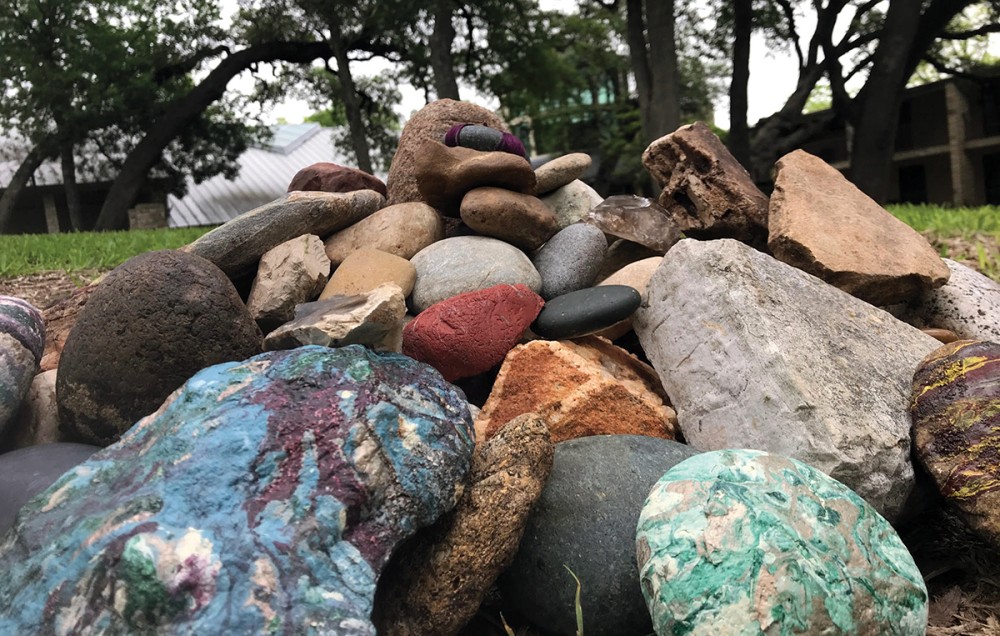The shape of liturgy when everything is changing
Even stones are constantly being transformed.

As of mid-July, more than 650 cases of COVID-19 had been linked to US church gatherings. Many of these cases correlate with what we now know to have been a premature return to our prepandemic ways in June—a return boosted, in church contexts, by Donald Trump’s May 22 declaration that houses of worship provide essential services. The resulting spike in infection persists at the time of this writing, and many of the reopened churches have since reclosed.
Back in May—at the height of the church reopening debate, before we fully comprehended how unsafe it would be—the pro-reopening argument hinged on the claim that worship provides spiritual solace to churchgoers. In this equation, church services sit contagiously close to commercial ones. Spiritual health and comfort are the deliverables. Worship becomes a transactional event that requires the presence of consumers seeking their own consolation.
This argument was muted when the killing of George Floyd changed the national conversation. The centuries-old transaction wherein white comfort is purchased by black bodies was exposed in a ghastly way. And as statistics continue to confirm that COVID-19 death rates are higher among black bodies than white ones, white demands for a brand of spiritual comfort that can only be gotten in close worship quarters smack of white Christian privilege.





